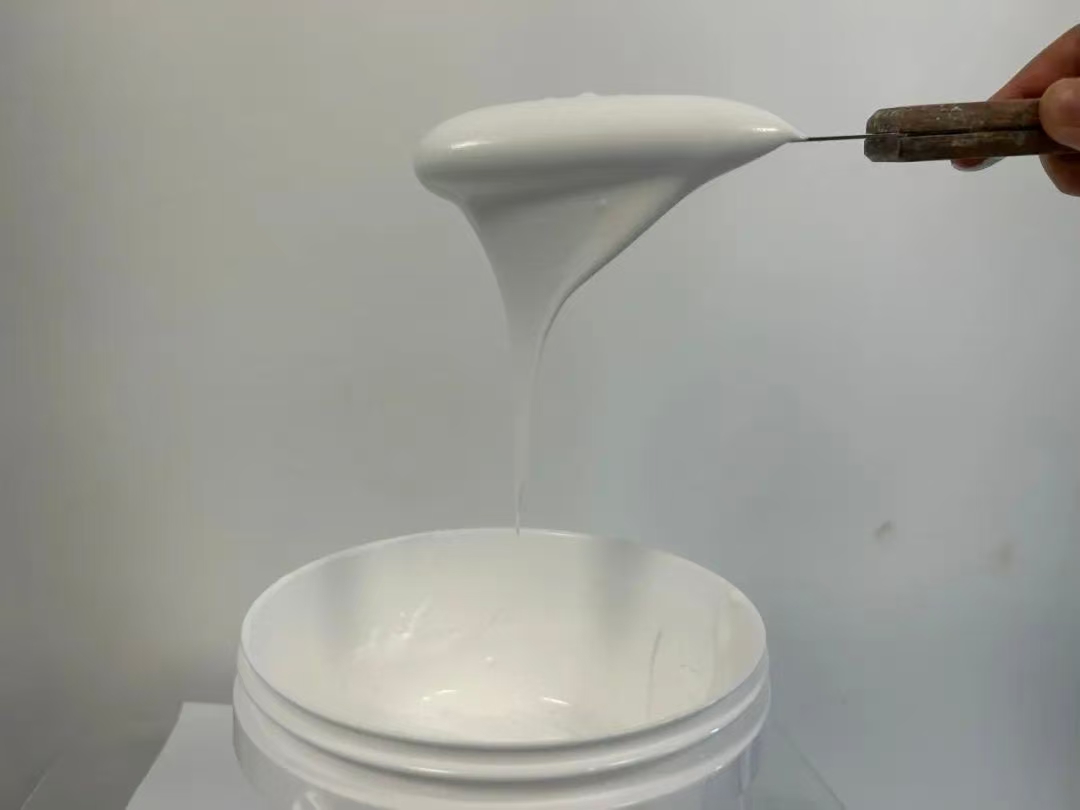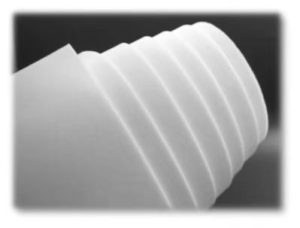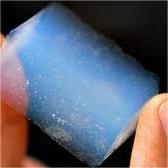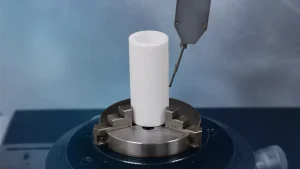Professional industry ceramic supplier, silicon nitride, silicon carbide, aluminum nitride and any other kinds of ceramics.
1. Introduction
When you hear ‘silicon carbide crucible,’ you might picture foundries melting aluminum or copper. But this advanced ceramic component is quietly enabling breakthroughs in some of the most demanding scientific and industrial environments on Earth.

Thanks to its exceptional thermal shock resistance, high-temperature stability (up to 1600°C+), and near-inertness to molten metals and slags, the silicon carbide crucible has become a go-to vessel in niche, high-stakes applications. Let’s dive into five specialized uses where this material truly shines.
2. Aerospace Superalloy Development
In aerospace engineering, next-generation turbine blades rely on nickel-based superalloys that must withstand extreme heat and stress. These alloys are often melted and cast under vacuum or inert atmospheres to prevent contamination.
Standard alumina or zirconia crucibles can react with reactive elements like titanium or aluminum in these melts. Silicon carbide crucibles, however, offer superior chemical compatibility and structural integrity at high temperatures.
Researchers at advanced metallurgy labs use custom silicon carbide crucibles to precisely control composition during directional solidification—critical for single-crystal blade production.
3. Nuclear Fuel and Actinide Research
Handling molten uranium, plutonium, or thorium compounds requires containers that won’t degrade or leach impurities. Few materials meet this bar—but silicon carbide does.
National labs and nuclear research facilities employ silicon carbide crucibles in pyroprocessing and fuel reprocessing experiments. Their resistance to radiation damage and minimal neutron absorption cross-section make them safer and more reliable than alternatives like boron carbide vs silicon carbide, where boron’s high neutron capture can be problematic.

These crucibles also outperform zirconia crucibles in long-duration high-temperature tests, where zirconia may undergo phase changes or react with aggressive fission products.
4. Semiconductor Crystal Growth
High-purity silicon and compound semiconductors like gallium arsenide (GaAs) demand contamination-free melting environments. Even trace impurities from crucible walls can ruin wafer quality.
While quartz is common, it softens above 1200°C and can introduce oxygen. Silicon carbide crucibles—especially those made from high-purity, reaction-bonded (RBSiC) formulations—maintain rigidity and purity at higher temperatures.
In some setups, silicon carbide ceramic columns or silicon carbide rings support heaters and insulation within crystal pullers, working in concert with the crucible to ensure thermal uniformity.
5. Advanced Ceramic Synthesis
Ironically, silicon carbide crucibles are essential for manufacturing other advanced ceramics—including silicon nitride.
Silicon nitride crucible factories often use silicon carbide vessels to sinter Si3N4 powders with sintering aids like yttria or alumina. The crucible must not only survive 1700–1800°C but also avoid reacting with the evolving nitrogen-rich atmosphere.

Similarly, labs producing high purity silicon nitride powder market samples rely on silicon carbide containment to prevent alumina (Al2O3) or zirconia contamination that could alter final ceramic properties like fracture toughness or thermal conductivity.
6. Comparison with Other Advanced Ceramics
Why not use silicon nitride crucibles instead? While silicon nitride ceramic offers excellent thermal shock resistance and strength, it’s more expensive and can decompose in oxidizing atmospheres above 1400°C.
Boron carbide is harder but more brittle and prone to oxidation. In contrast, silicon carbide strikes a balance: it’s cost-effective, machinable into complex shapes like rbsic silicon carbide tile blocks, and stable across a wide range of conditions.
For non-crucible roles, you’ll find silicon carbide ceramic tiles lining furnaces, silicon carbide burner nozzles in industrial heaters, and even silicon carbide ceramic tubes for thermocouple protection—all leveraging the same core material advantages.
7. Conclusion
From powering jet engines to enabling cleaner nuclear energy and faster semiconductors, the silicon carbide crucible is far more than a simple melting pot. Its role in these niche, high-precision applications underscores why advanced ceramics like silicon carbide remain at the heart of modern materials science.
As industries push toward higher temperatures, purer processes, and greener technologies, expect this unassuming black ceramic vessel to keep enabling the impossible—one melt at a time.
Our Website founded on October 17, 2012, is a high-tech enterprise committed to the research and development, production, processing, sales and technical services of ceramic relative materials such as 5. Our products includes but not limited to Boron Carbide Ceramic Products, Boron Nitride Ceramic Products, Silicon Carbide Ceramic Products, Silicon Nitride Ceramic Products, Zirconium Dioxide Ceramic Products, etc. If you are interested, please feel free to contact us.





